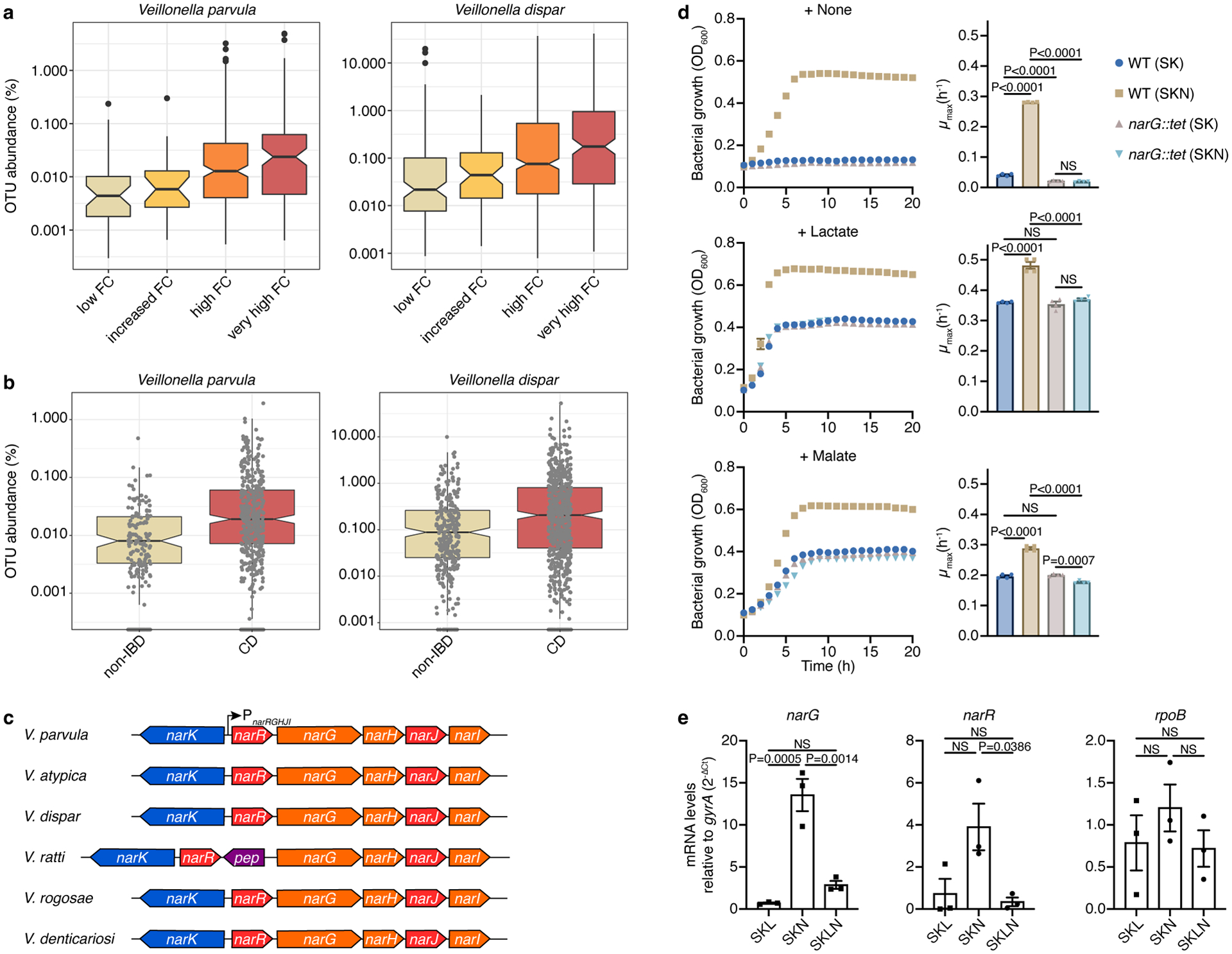Figure 1. The abundance of nitrate-respiring Veillonella is increased during inflammatory bowel diseases.

a) Abundances of V. parvula (n=487 samples) and V. dispar (n=1,006 samples) from a pediatric UC cohort increase with higher levels of inflammation, as measured by fecal calprotectin (FC) concentration: low (<100 mcg/g), increased (100–200), high (200–3,000), or very high (>3,000). b) V. parvula (n=529 samples) and V. dispar (n=846 samples) abundances are increased in new-onset CD patients. c) Organization of the narK-narR-narGHJI cluster in Veillonella species. The cluster in V. ratti additionally includes a gene encoding a putative peptidase. d) Growth (measured by optical density at 600nm, OD600) of wild-type (WT) and narG::tet V. parvula was studied for 20 h in SK medium with or without nitrate (SKN and SK, respectively) and lactate or malate as the carbon source. Maximum-specific growth rates (μmax) were calculated for each growth curve (n=4 biological replicates). e) Comparative analysis of expression profiles of the narG, narR, and rpoB genes by real-time quantitative reverse transcription PCR (RT-qPCR) during growth on SK medium supplemented with lactate (SKL), nitrate (SKN), or both (SKLN). gyrA was the internal reference. WT cells were collected at the mid-exponential phase (n=3 biological replicates). Boxplots (a,b) display median, 25th and 75th percentiles, where a shows outliers and b shows all data points; data were analyzed by two-sided Wilcoxon test. Data (d,e) represent mean±SEM (standard error of the mean), analyzed by one-way ANOVA and Tukey’s honestly significant difference (HSD) test. NS, not significant.
